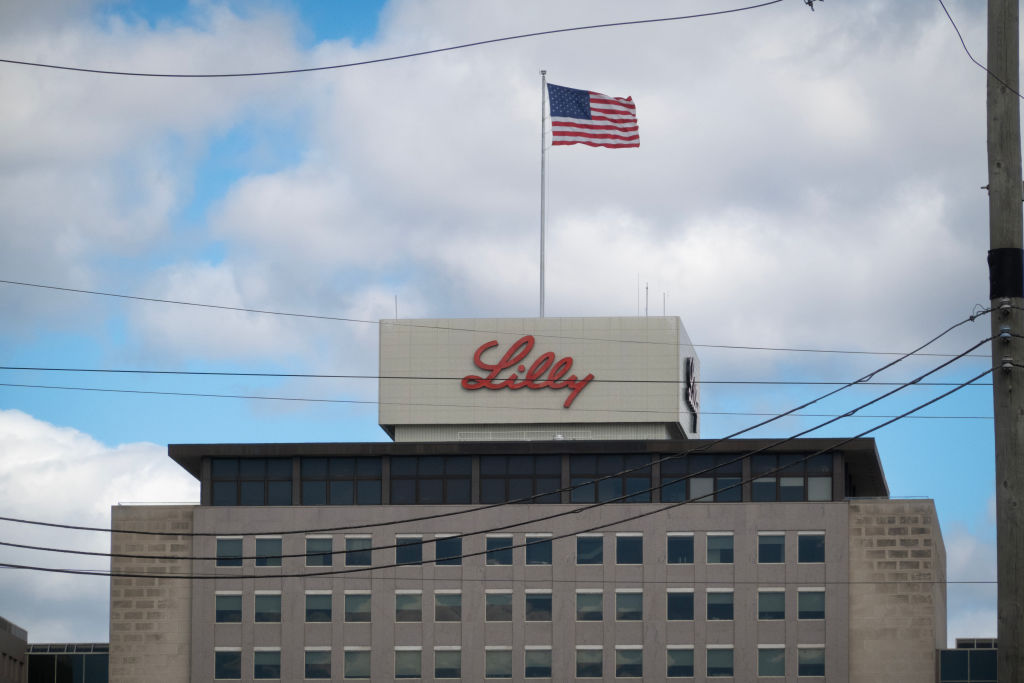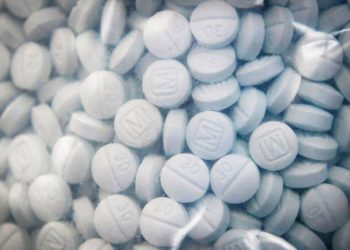Eli Lilly and Co. (NYSE: LLY) shares are trading at $813.53 on Thursday morning, inching down 0.01% after a strong run earlier this year. The stock’s performance reflects a balance between surging demand for its diabetes and obesity drugs and growing concerns over pricing pressures and supply constraints.
The pharmaceutical company has posted a series of robust quarterly results. In the second quarter of 2025, Eli Lilly reported $15.56 billion in revenue, up 38% from a year earlier, while earnings per share nearly doubled to $6.29. Sales growth was driven primarily by soaring demand for its GLP-1-based therapies, Mounjaro and Zepbound, which continue to dominate the diabetes and obesity treatment markets. On the back of these results, the company raised its full-year revenue forecast to a range of $60 billion to $62 billion and now expects non-GAAP earnings per share of $21.75 to $23.00.
“We’re executing well across our portfolio and seeing sustained demand for our incretin therapies,” said CEO David Ricks in the company’s earnings release. “Our investments in capacity expansion are enabling us to reach more patients globally.”
Investor optimism was further boosted by promising results from Lilly’s Phase 3 trial of orforglipron, an oral GLP-1 therapy that showed significant weight-loss and blood-sugar control comparable to injectable competitors, according to the New York Post. The announcement earlier this year sent Lilly’s stock up more than 15%, underscoring confidence in the company’s ability to extend its leadership in the rapidly expanding weight-management market.
However, the company’s growth story is not without challenges. Despite higher volumes, Eli Lilly has reported declining realized prices across some of its key drugs, reflecting heightened competition and tighter reimbursement conditions. In the most recent quarter, volumes rose approximately 42%, but pricing erosion partially offset those gains. Analysts have also pointed to occasional inventory and distribution bottlenecks as demand for its weight-loss drugs continues to outpace manufacturing capacity. The company has pledged to expand production facilities to address the shortages.
Analysts remain broadly optimistic about Lilly’s long-term outlook, highlighting its dominant position in one of the fastest-growing segments of the pharmaceutical market. Yet, many caution that the stock’s valuation already reflects high expectations. “Lilly continues to execute exceptionally well, but perfection is priced in,” said one healthcare analyst at TipRanks. “Any stumble in pricing, access, or production could lead to a sharper correction.”
Investors will be watching closely as the company advances its obesity-drug pipeline, expands production for Mounjaro and Zepbound, and navigates ongoing negotiations with pharmacy benefit managers over drug coverage. Despite near-term risks, Eli Lilly remains one of the strongest performers in the S&P 500 this year, supported by booming sales, an expanding pipeline, and growing confidence that its weight-loss treatments will define the next decade of pharmaceutical innovation.
The post LLY Stock Update: Eli Lilly Shares Hold Firm Amid Strong Earnings appeared first on International Business Times.




